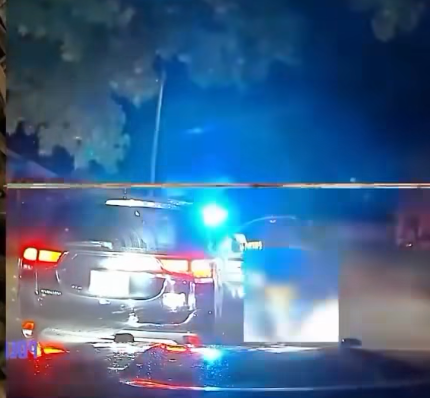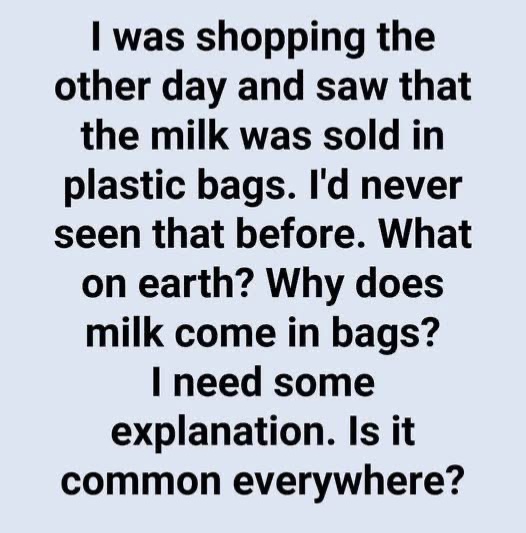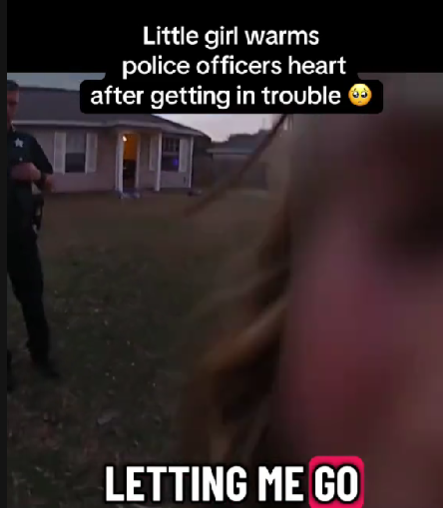What started as a routine traffic stop on a quiet Charleston road quickly spiraled into a violent encounter that has left the community rattled. In a matter of moments, what should have been a standard law enforcement procedure turned into a life-threatening confrontation—highlighting the risks officers face and the escalating influence of organized gangs in South Carolina.
This incident wasn’t just about a single shooting. It exposed deeper concerns: the day-to-day dangers faced by law enforcement, the reach of criminal networks, and the determination of a community refusing to let fear take hold.
The Night It Happened
According to initial accounts, the situation unfolded when a Charleston County deputy noticed a vehicle acting suspiciously and conducted a traffic stop on a poorly lit stretch of roadway. The officer, whose identity remains confidential for safety reasons, expected a routine interaction.
But the individual behind the wheel was no ordinary driver. Authorities recognized him as a known leader within a local gang—a man long monitored by law enforcement due to his extensive criminal background.
Without warning, the suspect reportedly drew a firearm and opened fire on the deputy, turning the quiet night into chaos. Despite being hit several times, the deputy was able to radio for help before collapsing.
Emergency personnel responded quickly and rushed the injured officer to the hospital. While his condition was critical at first, doctors managed to stabilize him, and his survival has been described as nothing short of remarkable.
The Shooter’s History
The suspect was already on law enforcement’s radar. He was identified as a leading figure in the Gudda Boy Gang (GBG)—a group connected to narcotics distribution, weapons trafficking, and various other organized crimes. His arrest record included multiple violent offenses, indicating a long-standing pattern of criminal behavior.
Investigators believe the attack may not have been a spur-of-the-moment decision. Some speculate it was a calculated attempt to assert power within the gang or to send a defiant message to law enforcement.
The shooting served as a stark indicator of just how emboldened some criminal groups have become in the region.
Swift Police Action
The shooting prompted an immediate and aggressive response. Local, state, and federal law enforcement agencies coordinated a large-scale manhunt. Checkpoints were set up, helicopters deployed, and SWAT teams were dispatched to known gang-affiliated areas.
After hours of tense searching, officers located the suspect. A short standoff ended with his arrest, bringing an end to a dangerous chapter—but not to the broader conversation surrounding crime and safety in Charleston.
A City in Shock
News of the shooting spread quickly. For many Charleston residents, this act of violence brought the reality of gang activity uncomfortably close to home.
Vigils were held outside the hospital where the deputy was being treated. Community members, clergy, and civic leaders gathered in support, holding candles and offering prayers for the injured officer and his loved ones.
“This wasn’t just an attack on a deputy—it was an attack on our entire community,” one local official said.
The Charleston County Sheriff’s Office echoed that sentiment, noting that the shooting was a stark reminder of the dangers officers face and a direct challenge to law enforcement authority.
Gangs Gaining Ground in South Carolina
While the shooting shocked many, law enforcement experts say it reflects a broader trend. Gang activity has been steadily increasing across South Carolina, especially in areas once thought immune.
Groups like GBG thrive by preying on vulnerable communities, offering a false sense of belonging in exchange for loyalty to a life of crime. They recruit young people and expand their influence through intimidation, violence, and the illegal drug and weapons trade.
Recent data shows that gang-related crimes are not just increasing—they’re expanding beyond urban centers into suburban and rural areas. Charleston’s recent tragedy is a vivid reminder that no neighborhood is off-limits.
Policing Under Pressure
This incident highlights how even the most routine police duties can turn deadly. Traffic stops, though common, are among the most unpredictable situations officers face.
While many police departments have invested in safety tools such as body cameras and advanced communication systems, technology alone can’t eliminate risk. This case reinforces the importance of both tactical preparedness and community support in protecting officers.
The sheriff’s department has since announced plans to reevaluate safety protocols and explore additional training for deputies.
A Community That Won’t Back Down
Despite the fear and anger, Charleston’s response has been marked by resilience. Residents have come together to support law enforcement and demand action to prevent future violence.
Local organizations and religious groups are launching outreach efforts to help young people avoid the pull of gang life. Community forums and town halls have been scheduled to engage residents in solutions—from public safety strategies to youth mentorship programs.
Turning Tragedy into Resolve
For many in Charleston, the shooting is more than just a crime story—it’s a turning point. It has revealed both the reach of organized crime and the need for communities to take a proactive role in prevention and recovery.
Important questions are now being asked:
- How can officers be better protected while on duty?
- What steps can communities take to disrupt gang recruitment?
- How can public trust in law enforcement be strengthened?
Looking Forward
State and local officials are already proposing changes. Some are calling for harsher penalties for repeat offenders. Others emphasize the need for early intervention, pushing for better educational programs and more investment in underserved neighborhoods.
Law enforcement agencies are also advocating for improved data-sharing across city and county lines, recognizing that gangs often operate across multiple jurisdictions.
Ultimately, community leaders agree that any long-term solution must involve collaboration—not just between agencies, but between police and the people they serve.
Conclusion
The shooting of a Charleston deputy was a tragic and violent act—but it was also a wake-up call. It revealed cracks in public safety, highlighted the threat of organized crime, and reminded everyone of the dangers officers face every day.
Yet, Charleston has shown it won’t give in to fear. Through the officer’s survival, the rapid police response, and the unity of the community, a clear message has emerged:
Violence will not define us.
Charleston stands united—for justice, for safety, and for a future free from gang violence.



